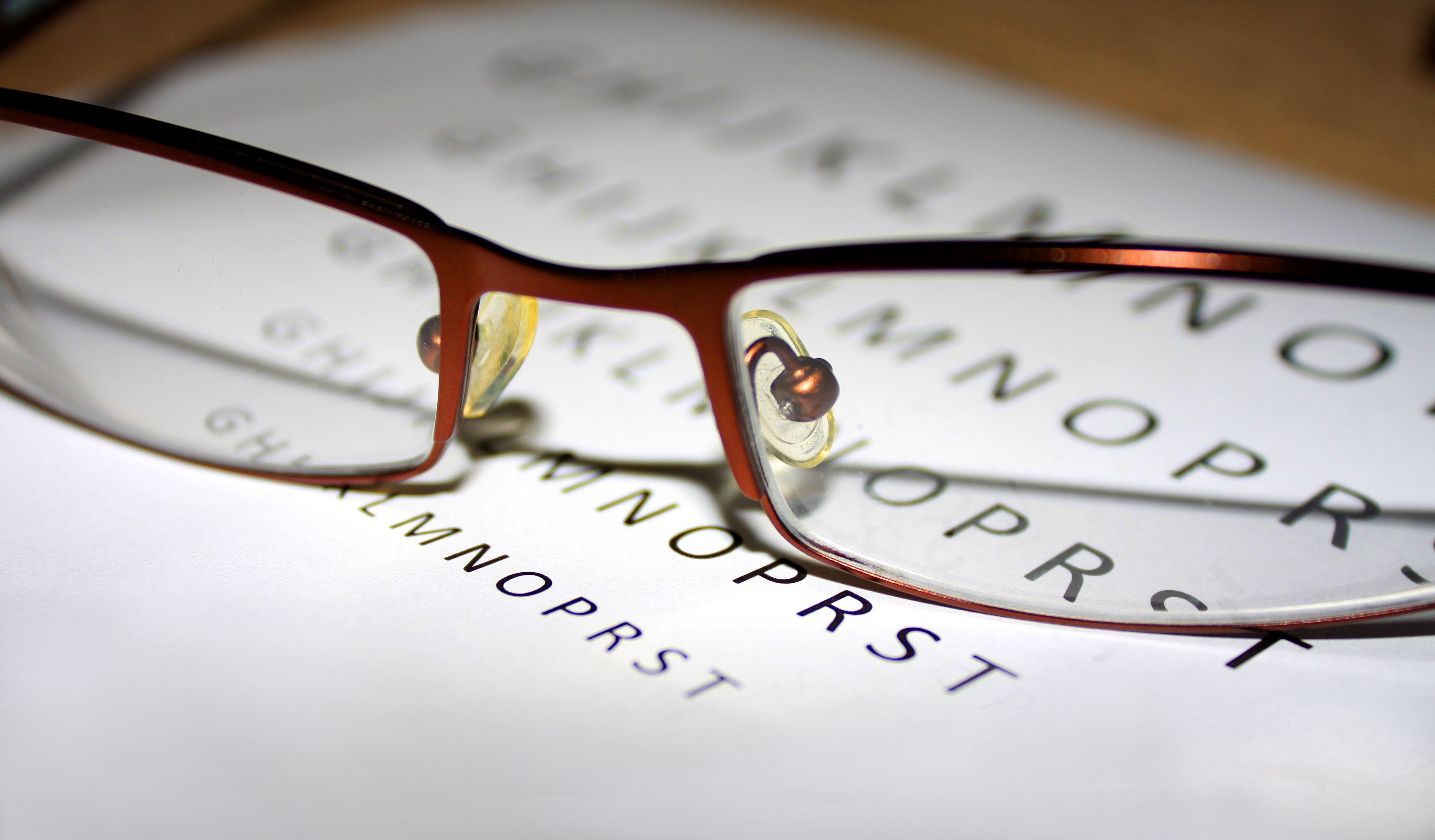Article
Questionnaire Measures Quality of Life in Children With Strabismus
Author(s):
Strabismus is associated with reduced functional vision and eye-related quality of life (ER-QOL) in children, according to a study published in JAMA Ophthalmology. Because of this, when defining management goals, the association of strabismus with functional and ER-QOL in children should be considered.
Strabismus is associated with reduced functional vision and eye-related quality of life (ER-QOL) in children, according to a study published in JAMA Ophthalmology. Because of this, when defining management goals, the association between strabismus with functional and ER-QOL in children should be considered.
Strabismus, or ocular misalignment, affects between 2% and 4% of developmentally normal children. Most often, it manifests as an esodeviation (inward turning) or an exodeviation (outward turning) of the eye.
Although the condition is common, how children and their families are affected in everyday life is poorly understood. Researchers developed the Pediatric Eye Questionnaire (PedEyeQ) to better understand this population. The PedEyeQ is a child- and parent-derived, Rasch-scored, age-specific measure of functional vision and ER-QOL designed for children with any eye condition and their parents. PedEyeQ scores were calculated for each domain measured, then converted to 0 (worst) to 100.
The questionnaire assessed the following domains: children’s functional vision, whether they were bothered by their eyes/vision, and their social frustration or worry. Parents completed a proxy questionnaire and a version of the PedEyeQ that assessed impact on the parent and family, worry about the child’s eye condition, worry about the child’s self-perception and interactions, and worry about the child’s functional vision domains.
In total, 91 children with strabismus and 166 visually normal controls completed the PedEyeQ between December 2017 and October 2019. Children were divided into age groups 0 to 4 years (45 children), 5 to 11 years (31), and 12 to 17 years (15), and all were enrolled at Mayo Clinic, Rochester, Minnesota, and Retina Foundation of the Southwest in Dallas, Texas. In addition, patients and parents completed the Pediatric Quality of Life Inventory (PedsQL) to determine if there was a weaker association of strabismus with general health-related QOL (HRQOL).
“Eligible children were aged 0 to 17 years with a current diagnosis of strabismus that was classified as either esotropia or exotropia and measured 10 or more prism diopters (PD) at distance or near by a simultaneous prism cover test,” researchers said.
Of the children with strabismus, 48.4% had esotropia and 51.6% had exotropia, while the median angle was 25 PD (range, 10-50 PD).
Researchers found child PedEyeQ domain scores were lower with strabismus vs visually normal controls among children aged 5 to 11 years, while the greatest mean (SD) difference in this cohort was in functional vision (12 [14] points; 95% CI, 6-18; P = .001). For those aged 12 to 17 years, the greatest mean difference was in frustration/worry (27 [13] points; 95% CI, 18-36; P < .001).
In addition, proxy PedEyeQ domain scores were also lower for children with strabismus. Data revealed the following greatest differences:
- functional vision (13 [9] points; 95% CI, 9-16; P < .001) among children ages 0 to 4 years
- functional vision (26 [10] points; 95% CI, 22-30; P < .001) among children ages 5 to 11 years
- functional vision (21 [12] points; 95% CI, 12-30; P < .001), social (21 [13] points; 95% CI, 12-30; P < .001), and frustration/worry (21 [13] points; 95% CI, 12-30; P < .001) among children ages 12 to 17 years
Parent PedEyeQ domain scores were also lower for those with children who had strabismus and the greatest difference was found in worry about a child’s eye condition (38 [14] points; 95% CI, 34-42; P < .001).
Overall, researchers found that “children with strabismus have poorer functional vision and ER-QOL than visually normal controls and their parents have a lower quality of life than parents of controls.” No differences were found between children with strabismus and controls in any PedsQL domain for all age groups, except for the physical functioning domain of those aged 13 to 17 years.
Children with strabismus exhibited lower functional vision scores than controls in domains including seeing, learning, concentration, schoolwork, sports, and running into things. However, the study is limited in that it did not address potentially confounding factors in children with strabismus. For example, comorbidities such as eyeglass correction of refractive error and amblyopia may impact ER-QOL or functional vision.
“These findings help advance our understanding of the specific ways in which strabismus affects children and their families and are also helpful in identifying areas for future research,” researchers concluded. “Using the PedEyeQ in children with strabismus may also reframe clinical management goals beyond motor and sensory outcomes.”
Reference
Hatt SR, Leske DA, Castañeda YS, et al. Association of strabismus with functional vision and eye-related quality of like in children. JAMA Ophthalmol. 2020;138(5):528-535. doi:10.1001/jamaophthalmol.2020.0539





